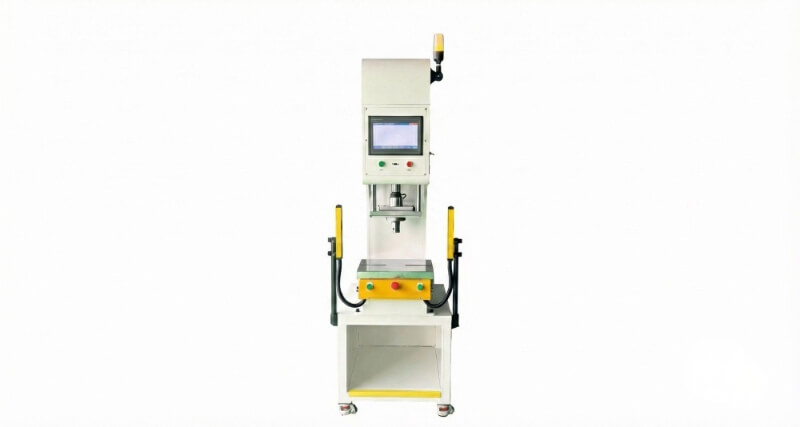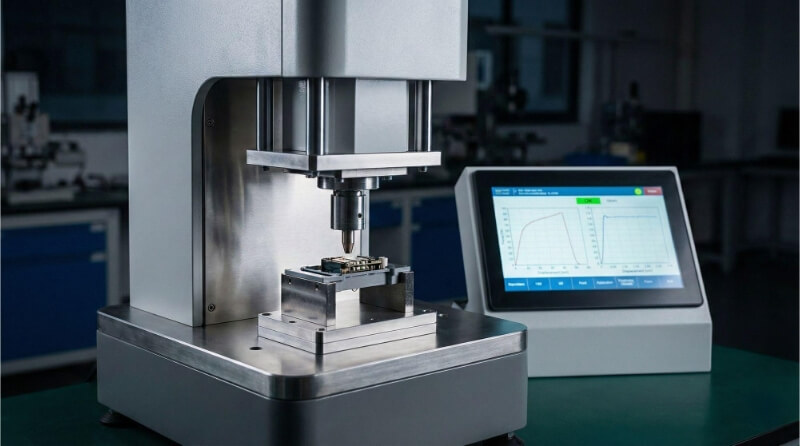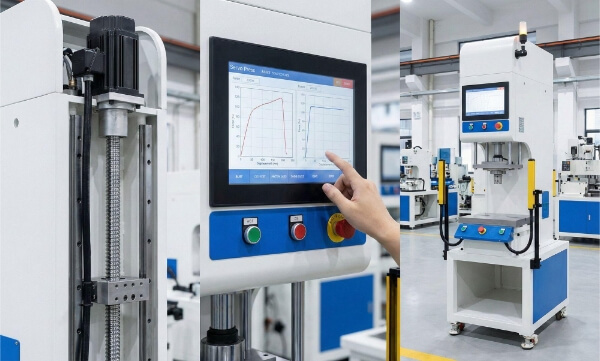Metal parts often require permanent joining. But welding isn’t always the best choice. When heat could damage parts or access is limited, rivets are usually the better solution. Still, picking the correct type of rivet isn’t easy. Some are designed to handle high loads. Others are built for speed or clean appearance. If you choose the wrong one, the joint could fail—or cost you more than needed.
Each rivet has a purpose. Knowing the differences helps you pick the right one for your product. Let’s go through them step by step.
What Is a Rivet?
A rivet is a metal fastener with a smooth shaft and a head. It joins two or more materials by being inserted into a hole and then deformed at the tail. This creates a second head that holds the materials together. Once installed, the rivet cannot be removed without being destroyed. That makes it a permanent solution.
Rivets come in many shapes and materials. Most are made of aluminum, steel, or stainless steel. Some are solid, while others have moving parts. Each design fits different use cases.
How Do Rivets Work?
Rivets hold parts together by expanding inside a hole. This creates a clamp between the materials.
When you insert a rivet into a pre-drilled hole, it sits loosely at first. One end already has a head. The other end—called the tail—is then deformed. This can be done with a hammer, a press, or a rivet gun. The tail flattens out and forms a second head. The two heads grip the material between them.
This process creates a tight, permanent joint. In some types, like blind rivets, a mandrel pulls the tail and expands it. The mandrel then breaks off. This allows for installation from only one side.
The strength of the joint depends on the rivet type, the material it’s made from, and the thickness of the parts being joined.
Types of Rivets by Installation Method
Different rivets solve different problems. Here’s how they work and their role within the system.
Solid Rivets
Solid rivets are strong. They have a simple structure—a solid shaft with a head. Installation needs access to both sides of the material. The rivet is inserted into a hole. A tool then deforms the tail end into a second head. This locks the pieces together.
These are used in aircraft, bridges, and heavy machinery. The joint is permanent and vibration-resistant. However, they require skilled installation and heavy tools, such as a rivet gun or hammer.
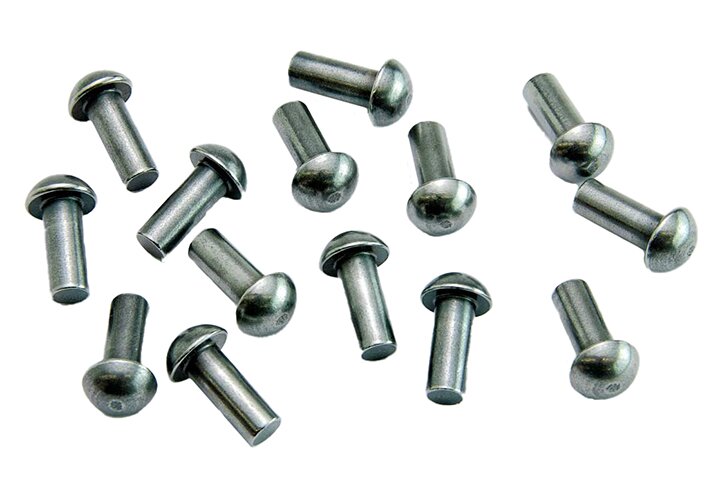
Blind Rivets (Pop Rivets)
Blind rivets are used when you can only access one side of the part. They come with a mandrel that runs through the center. The rivet is placed in a hole, and a rivet gun pulls the mandrel. This action expands the back of the rivet, clamping the materials together. Then the mandrel snaps off.
These are common in sheet metal enclosures, electronics, and vehicle panels. They’re quick to install and don’t need access to both sides. This saves time and makes them great for closed or hollow parts.
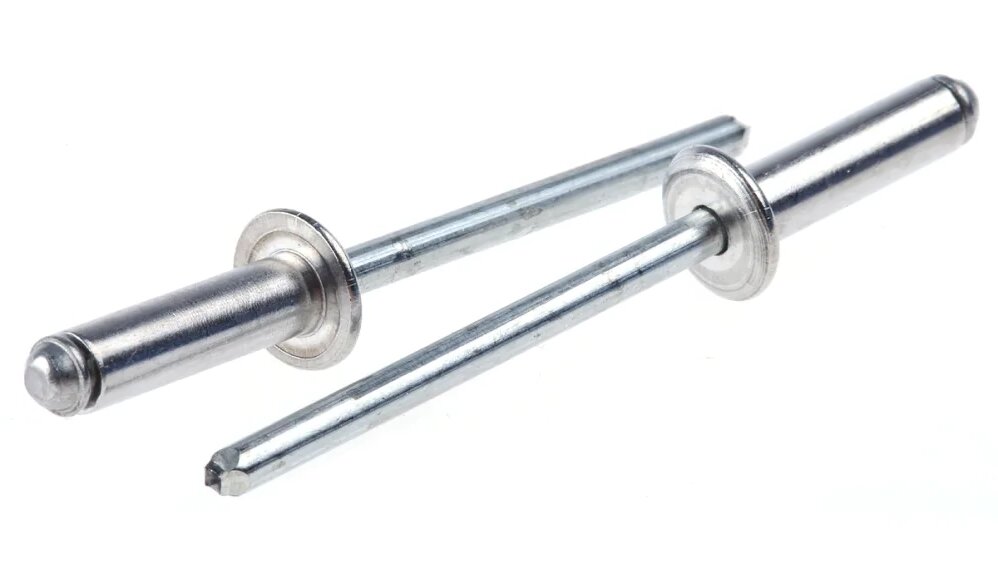
Drive Rivets
Drive rivets have a small pin in the center. After placing the rivet in a hole, a hammer is used to drive the pin in. This forces the back of the rivet to expand. It locks the parts in place.
They work well for light-duty assemblies where speed is a priority. These are often used in signs, nameplates, and decorative panels. They don’t need special tools—just a hammer.
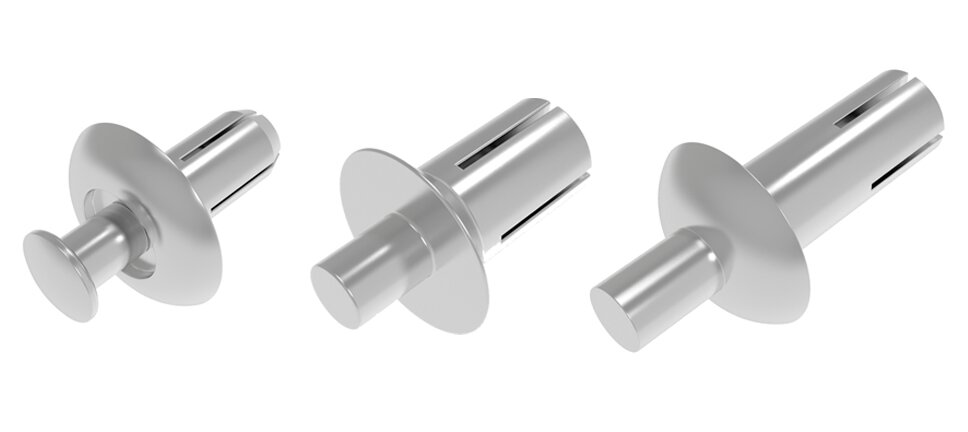
Semi-Tubular Rivets
Semi-tubular rivets look like solid rivets but have a hole in the tail. When hit with a rivet tool, the tail rolls over and flares out. This needs less force than a solid rivet.
They’re often used in electronics, appliances, and lighting fixtures. These rivets make installation easier and reduce wear on tools. They offer moderate strength and are suitable for high-volume assembly lines.
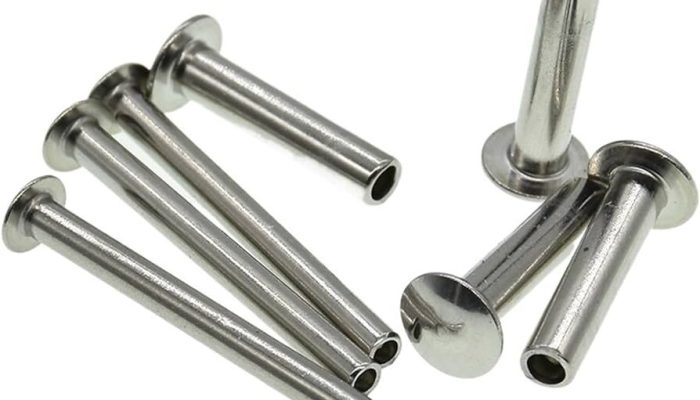
Split Rivets
Split rivets have two legs that split apart during installation. When hammered in, the legs bend outward. This grips soft materials, such as wood, leather, or plastic.
They’re not suited for metal parts under heavy load. But for crafts, packaging, or light furniture, they’re fast and straightforward.
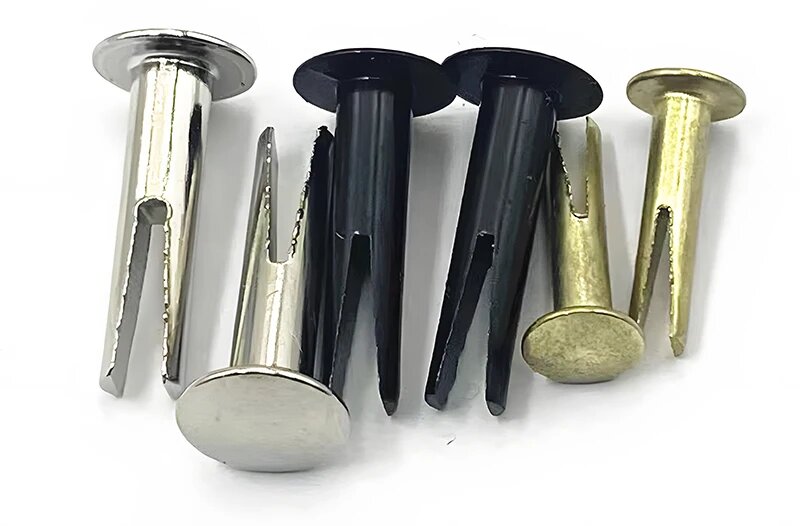
Rivets Categorized by Material Type
The material of a rivet affects its strength, corrosion resistance, and compatibility with the parts it’s joining. Picking the right one helps prevent rust, staining, or joint failure.
Aluminum Rivets
Aluminum rivets are light and corrosion-resistant. They’re easy to install and require minimal force. These are often used in thin sheet metal, electronics, and consumer products.
They’re not as strong as steel, so they’re better for low to moderate loads. However, their resistance to rust makes them ideal for outdoor or damp environments.
Steel Rivets
Steel rivets are strong and durable. They’re used when high-shear strength is needed. These are common in construction, heavy machinery, and transportation equipment.
They do rust, so they often need coating or plating. If strength is more critical than corrosion resistance, steel is a solid pick.
Copper Rivets
Copper rivets are soft and easy to deform. They offer good corrosion resistance and electrical conductivity. These are used in electrical work, leather goods, and roofing.
Because copper is soft, it’s not for high-stress joints. But it bonds well with copper sheets and looks clean in exposed applications.
Stainless Steel Rivets
Stainless steel rivets are durable and resistant to rust. They’re used in marine equipment, food processing, and outdoor structures.
They take more force to install but hold up well in extreme environments. They resist moisture, heat, and chemicals. This makes them a top choice for critical joints where failure is not an option.
Rivets Based on Head Style
The head style of a rivet affects how it sits on the surface and how it spreads the load. Each type works better in specific designs or functions.
Flat Head Rivets
Flat-head rivets sit flush against the surface. They provide a clean, low-profile finish. These are common in enclosures, panels, and metal structures where space or clearance matters.
They spread the load evenly and reduce the risk of snagging. That’s helpful when parts need to slide or stack on top of each other.
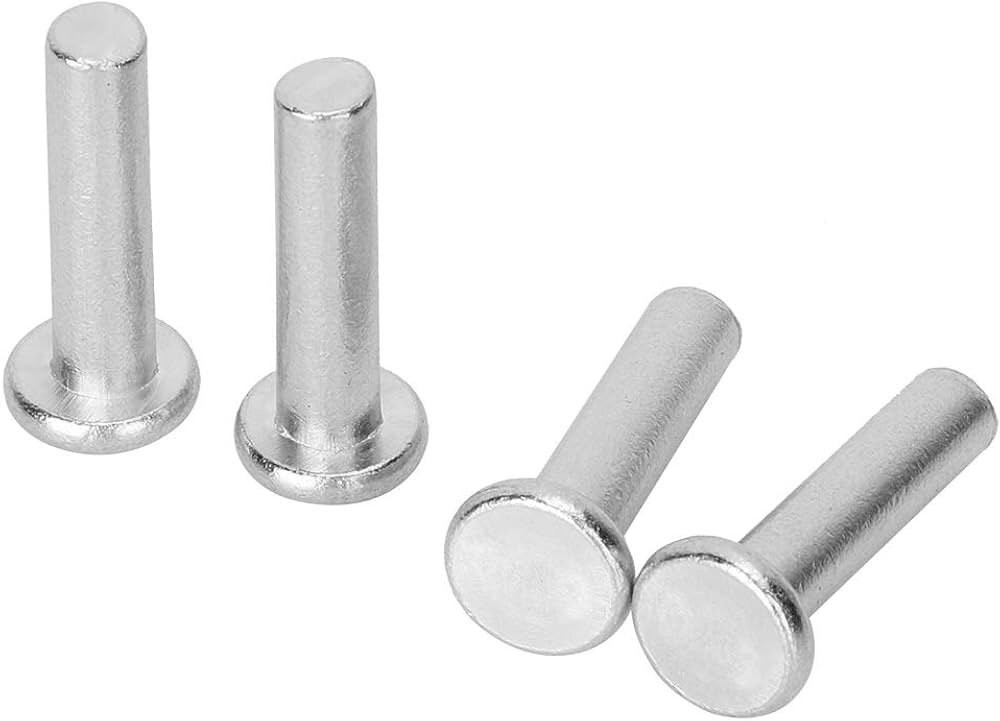
Round Head Rivets
Round head rivets have a raised, dome-like head. They’re easy to spot and simple to install. These are often used in structures where appearance is not a concern.
The tall head provides extra surface contact, helping to distribute pressure evenly. This makes them suitable for thick materials or when high force is applied.

Countersunk Rivets
Countersunk rivets sit completely flush with the surface. The head fits into a pre-cut angled hole. This keeps the surface smooth and flat.
They are widely used in aircraft skins, electronics, and metal casings. They allow parts to move past without catching and improve airflow in some designs.
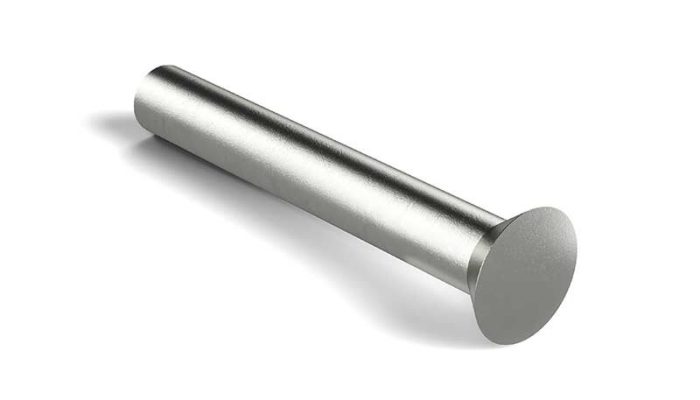
Functional Rivet Types
Some rivets are built for special performance needs. These types handle stress, vibration, or material gaps in unique ways.
Exploding Rivets
Exploding rivets have a hollow body with internal notches. When installed, the mandrel expands and splits the body into legs. These legs flare out behind the material, holding it securely in place.
They’re great for soft or thin materials, such as plastics or composites. The expanded legs give a firm grip without pulling through. These rivets are often used in aircraft interiors, insulation panels, and lightweight structures.
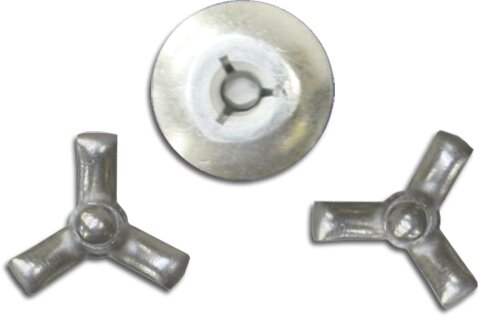
Friction-Lock Rivets
Friction-lock rivets have a smooth shank and a locking mandrel. When the rivet is set, friction holds the mandrel in place. This adds strength and keeps the parts tight even under stress.
These rivets are used in aerospace, automotive, and high-vibration environments. They maintain tension without loosening over time. They require specialized tools for installation, but they provide a clean and solid finish.
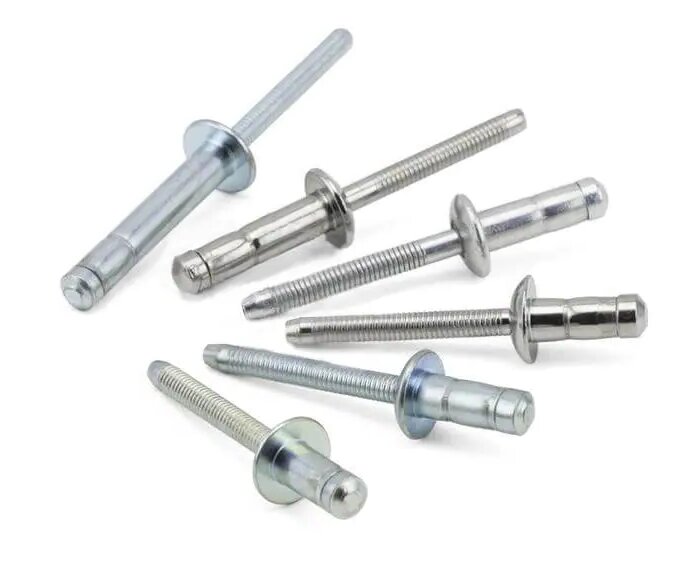
Advantages and Disadvantages of Riveting
Riveting is a strong and reliable joining method. However, it has trade-offs that depend on your project’s specific needs.
Advantages:
- Strong and Durable: Rivets create permanent joints that hold under shear and vibration.
- No Heat Needed: Unlike welding, riveting doesn’t distort metal with heat.
- Fast Installation: Rivets can be set quickly with hand or pneumatic tools.
- Consistent Quality: Riveted joints give predictable, repeatable results.
- Suitable for Dissimilar Materials: Riveting can join metals to plastics or composites without melting.
Disadvantages:
- Permanent: Riveted joints are complex to remove without damaging the parts.
- Need Access (in Some Cases): Many rivets require both sides of the material for installation.
- Not Sealed: Rivets don’t provide airtight or watertight seals unless sealed rivets are used.
- Extra Weight: Rivets add more weight than welded or glued joints.
- May Cause Surface Bulging: In thin sheets, rivets can cause slight surface distortion.
Common Industries That Use Rivets
Rivets are used in many industries because they provide a fast, low-cost, and permanent method of joining. Here’s where they’re most common.
Automotive Manufacturing
Rivets are used in vehicle bodies, brake linings, and interior parts. They’re fast to install and withstand vibration. Lightweight blind rivets help reduce car weight without sacrificing strength.
Aerospace and Aviation
Aircraft use thousands of rivets to hold the skin to the frame. Solid and friction-lock rivets are standard. They handle stress, pressure, and vibration while maintaining a low weight.
Construction and Building
Structural steel connections, aluminum frames, and curtain walls all use rivets. They’re helpful when welding isn’t practical or safe on-site. Rivets also facilitate easier inspection and repair.
Consumer Electronics
Small blind or semi-tubular rivets hold casings, brackets, and parts in place. They’re used in laptops, speakers, and power supplies. These rivets are compact and quick to install during assembly.
Metal Fabrication and Appliances
Sheet metal parts in ovens, HVAC units, cabinets, and enclosures often rely on rivets for their assembly. Rivets handle heat, vibration, and repeated use. They are also easy to automate in production.
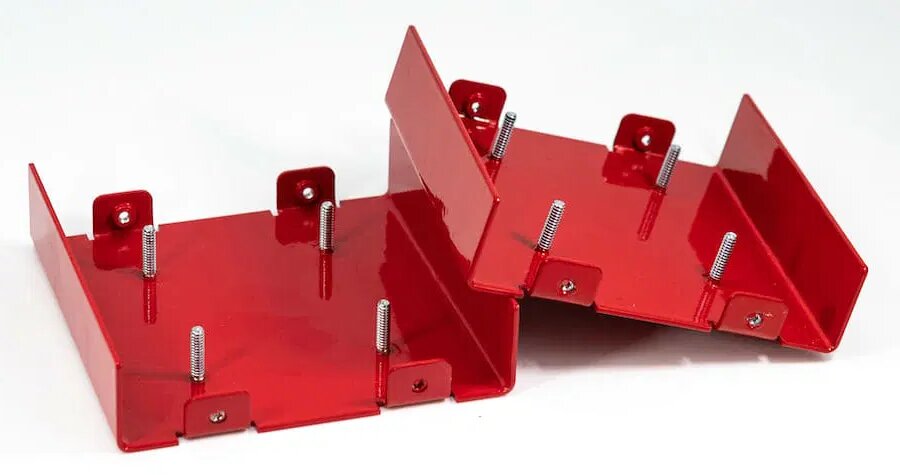
Factors to Consider When Selecting Rivets
Selecting the correct rivet helps prevent joint failure, corrosion, or production delays. These basic checks will help you make the right choice.
Material Compatibility
Match the rivet material to the parts you’re joining. Using different metals can cause galvanic corrosion. For example, avoid using steel rivets on aluminum sheets unless they’re coated. Try to keep metals similar or use barrier layers to prevent corrosion.
Load-Bearing Requirements
Think about the forces on the joint. If it needs to hold weight or resist shear, use solid or steel rivets. For lighter loads, aluminum or semi-tubular rivets work fine. The rivet size and grip range must also match the thickness of your materials.
Environmental Conditions
Outdoor or high-moisture environments need rust-resistant rivets. Stainless steel or coated aluminum works best. In heat-sensitive areas, avoid rivets that expand too much or lose strength. If vibration is a problem, use locking or friction-fit rivets.
Conclusion
Rivets come in many types, each designed for different jobs. Solid rivets offer strength. Blind rivets work when you can’t reach both sides. Drive, semi-tubular, and split rivets serve fast or light-duty assembly. The proper rivet depends on your material, load needs, and working conditions. Choosing the right type ensures a safer, stronger, and more efficient assembly.
Need help selecting the proper rivet for your sheet metal parts or product design? Contact our team for expert guidance, material suggestions, and fast prototyping support.
Hey, I'm Kevin Lee

For the past 10 years, I’ve been immersed in various forms of sheet metal fabrication, sharing cool insights here from my experiences across diverse workshops.
Get in touch

Kevin Lee
I have over ten years of professional experience in sheet metal fabrication, specializing in laser cutting, bending, welding, and surface treatment techniques. As the Technical Director at Shengen, I am committed to solving complex manufacturing challenges and driving innovation and quality in each project.

